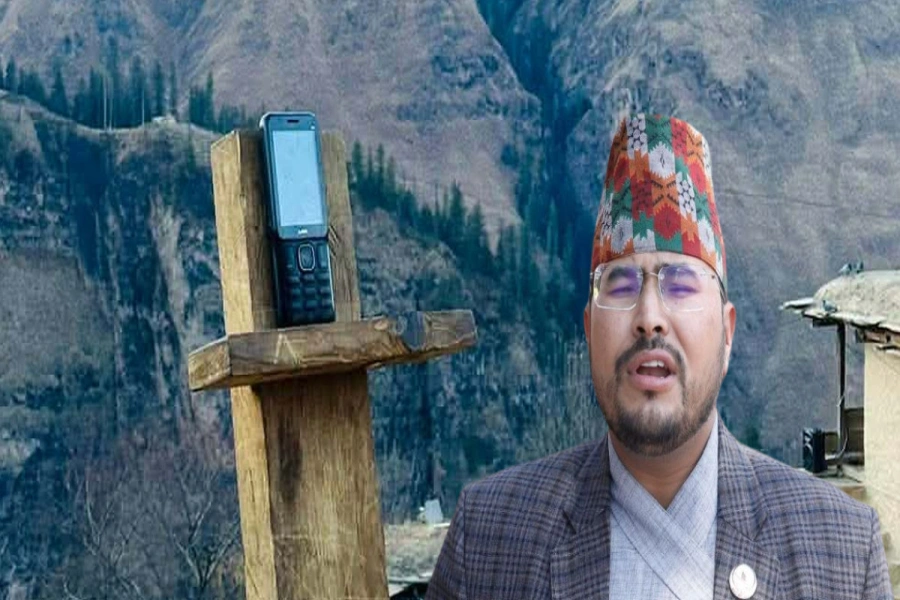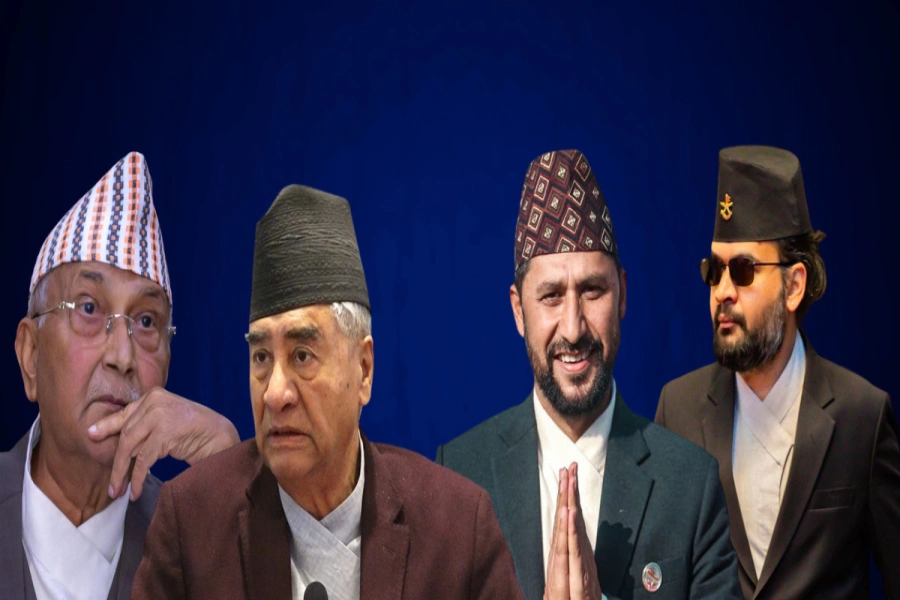Current border clash between India and China is military manifestations of the domestic and international politics and strategic situation.
India and China now seem to be on the brink of war. Even after a series of talks between the two countries' defense and foreign ministers, the situation has not improved. Twenty Indian soldiers were killed, including an undisclosed number of Chinese casualties, in a hand-to-hand clash between Indian and Chinese militaries on June 15 in Galwan Valley. The border dispute between the two countries has reached its nadir in nearly 45 years since that incident.
It is plausible to wonder why both countries are eager to raise the long-pending border issue when the Covid-19 is challenging the world pathologically as well as economically. India's understanding of this 'timing' is that China was trying to encroach on the Line of Actual Control (LAC) and unilaterally changing the 'facts' on the ground, in the midst of Covid-19 when everyone's attention is on the pandemic. China has rejected this argument and said India has been augmenting construction activities and building up forces in the LAC, undermining China's sovereignty.
Beyond security
Unilateral road construction drive on disputed border area brea...

It would not be prudent to look at this border dispute only as a security dilemma caused by the growing military prowess of both the countries and clashes at the tactical level on the LAC. To comprehend why two big Asian giants locked horns at the border, it is necessary to understand both countries' political leadership and adopted policies. In India, the BJP's Hindu nationalist Modi government is in power and does not want to send a message to its people that India initiated the withdrawal from the border. Modi was embarrassed by the knee-jerk reaction of the opposition party and the Indian media after he remarked that Chinese troops had not entered Indian territory during the June 15 clashes. So, at least, until the jingoism in the Indian media and the public subsidies, Modi and his party may have to pay a heavy political price for withdrawing Indian troops from the border.
President Xi Jinping also wants to send a clear signal to the Chinese people that he will not compromise sovereignty. The Covid-19 pandemic, which began in the Chinese city of Wuhan, had put Xi and his party in an awkward position in the initial days. However, the Chinese Communist Party and Xi have finally taken control of Covid-19 and are now picking up steam in economic recovery. Xi needs a cautious maneuver at the moment. One possible reason for not releasing details of casualties of Galwan's incident by the Chinese side could be to avoid further exacerbating the border disputes. At the same time, China may have also considered the chauvinism among Indian media and the public before withholding the casualty figure. In fact, either of the countries does not wish to go to war. But, both the government wants to show their uncompromising stance on sovereignty in their people's perceptions and are pushing the rhetoric that they will not cede even an inch of their land to others.
Tensions between China and the United States, which have emerged as a result of the Great Power Competition and the Indo-Pacific Strategy, have also contributed to the escalation of the Indo-China border dispute. The pressure of the trio has also reverberated in a multilateral forum. India taking over the chairmanship of the executive board of the World Health Organization (WHO), amid a growing call from Donald Trump to investigate the origin of coronavirus, is thought to be distasteful for China. The United States, meanwhile, has pursued a policy of relocating essential supply chains from China to the United States and moving other industrial bases out of China.
In this context, Modi, leading the 'Make in India' initiative, is trying to figure out how to bring industry and trade out of China to India and attract more foreign investment (FDI) to India. As the US surrounds China and extends its hand to co-operate with India to slow down China's rise, India's confidence in US support in the event of a war between India and China is understandable. On the other hand, India has been stiffened with suspicion about China's Belt and Road Initiative (BRI) from the very beginning. In particular, India believes that its sovereignty has been compromised geopolitically as the China-Pakistan Economic Corridor (CPEC) passes through Gilgit in Pakistan-controlled Kashmir, which borders India.
In contrast, China may have thought its strong presence in the South China Sea, and Taiwan would be affected if China did not present itself firmly on the Indo-China border. China is currently in a tug-of-war with the United States and Taiwan in the South China Sea. Tensions between China and the United States are likely to escalate, at least until the US presidential election in November. Equally, China's strains with European countries, including Australia, are growing because of their alliance with the United States. Hong Kong and Xinjiang have been a nuisance for China around this time. In such a situation, China is well aware that it is not in its best interest to go to war with India.
Similarly, if there will be a war with China, Pakistan can also open its front, so India might have to face both countries simultaneously. Apart from the Kashmiri Muslim community, Pakistan and China are also angry at the Modi government that sought to reduce the Muslim majority in Kashmir by abolishing Article 370 of the Indian Constitution and revoking the limited autonomy enjoyed by Jammu and Kashmir last year. China once raised this issue at the UN Security Council. Therefore, if there will be a war with China, besides Pakistan, Kashmir is also likely to present India as a third front. Although the Indian Army has advocated a strategy to deal with internal security challenges while simultaneously fighting India and China (two-and-half front wars), Indian strategists are well aware that fighting on three fronts is extremely difficult and risky.
There is no doubt that both China and India do not want war now. Indian Army Chief General Naravane also expressed that the two countries could resolve the issue through talks after his two-day visit to the Galwan Valley. Likewise, the five-point agreement reached through dialogue between the two countries' foreign ministers might prevent current tension from escalation, if not reduce. Yet, due to populism, both governments are not ready to immediately withdraw their troops from the border and incur political losses. Primarily because of the complicated situation in which various interests are convoluted; and, mainstream media and social media are fanning fanaticism and fake news. The timing of the US presidential election has also added a new dimension and complexity to the problem.
External paradigm
Miscalculations cannot be ruled out. However, in the current situation, there may not be a war between India and China. Notably, the intertwined relationship between China and the US would not encourage a full-fledged war between India and China. No matter how much the US is 'decoupling' from China, the US and China can inevitably not eliminate interdependence. Besides, another great power, Russia, is close to India and China and is selling arms to both countries. Russia is also unlikely to side with any of the two.
Thus, India and China's current border clash is military manifestations of the domestic and international politics and strategic situation. This symptom does not seem to subside until the existing political and strategic calculus persists. All eyes are on the US election, though. China's recent statement that it would follow the Line of Actual Control it claimed in 1959 does not seem to ease the stress on LAC for some time. Hence, considering the triangular conflict of interests, at this juncture, it would be reasonable to infer that China prefers to dilute Trump's possible misadventure and October surprise by deviating the focus from the South China Sea, maintaining LAC's arm-twisting at least until the US election.






































